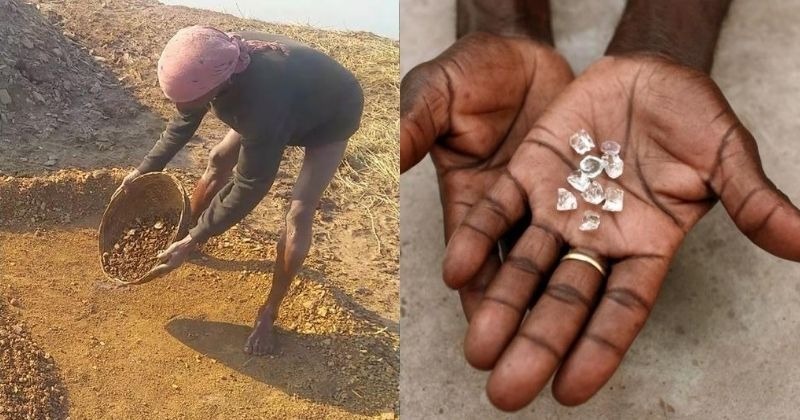politicalphishing.com – The diamond trade is a complex and multifaceted industry that spans the globe, from the depths of the earth where these precious stones are found, to the glittering displays of jewelry stores in major cities around the world. This article will explore the journey of a diamond from its origins in the mine to its final destination in the market, highlighting the various stages and processes involved in this fascinating trade.
The Origins: Mining Diamonds
The journey of a diamond begins in the mines, which are primarily located in countries such as Russia, Botswana, Canada, and Angola. These mines are either open-pit or underground, with the extraction process involving advanced technology and significant manpower. Once mined, diamonds are in their rough form and are known as kimberlite rocks.
The Mining Process
Mining diamonds is a meticulous process that involves the removal of vast amounts of earth to reach the kimberlite pipes where diamonds are found. This process can take years and requires careful planning and execution to minimize environmental impact and ensure the safety of workers.
Sorting and Grading
After extraction, the rough diamonds are sorted and graded according to their size, quality, and characteristics. This is a highly skilled task that is often done by hand, with experts using their knowledge and experience to categorize the diamonds.
The Role of Technology
In recent years, technology has played an increasingly important role in the sorting and grading process. Advanced machines can now detect the presence of diamonds within the kimberlite rocks and can also help in the initial sorting stages, making the process more efficient and accurate.
Cutting and Polishing
Once sorted and graded, the rough diamonds are sent to cutting and polishing centers, which are mainly located in India, Belgium, Israel, and the United States. Here, skilled artisans transform the rough stones into the sparkling gems that are recognized and coveted around the world.
The Art of Cutting
Cutting a diamond is both an art and a science. The cutter must decide on the shape and size of the diamond, which will greatly influence its final appearance and value. This decision is based on the rough diamond’s natural characteristics and the intended use of the finished product.
The Diamond Market
After cutting and polishing, diamonds enter the market, where they are sold to wholesalers, retailers, and ultimately, consumers. The diamond market is influenced by a variety of factors, including supply and demand, economic conditions, and consumer preferences.
Ethical Considerations
The diamond trade has also faced scrutiny over ethical concerns, particularly regarding the sourcing of diamonds from conflict zones, known as “blood diamonds.” In response, the industry has implemented the Kimberley Process Certification Scheme, which aims to ensure that diamonds are from conflict-free sources.
Conclusion
The journey of a diamond from the mine to the market is a testament to human ingenuity, skill, and perseverance. It involves a complex series of processes that transform a rough stone into a symbol of beauty, love, and luxury. As the diamond trade continues to evolve, it remains a captivating industry that bridges the gap between the earth’s natural resources and the desires of humanity.
